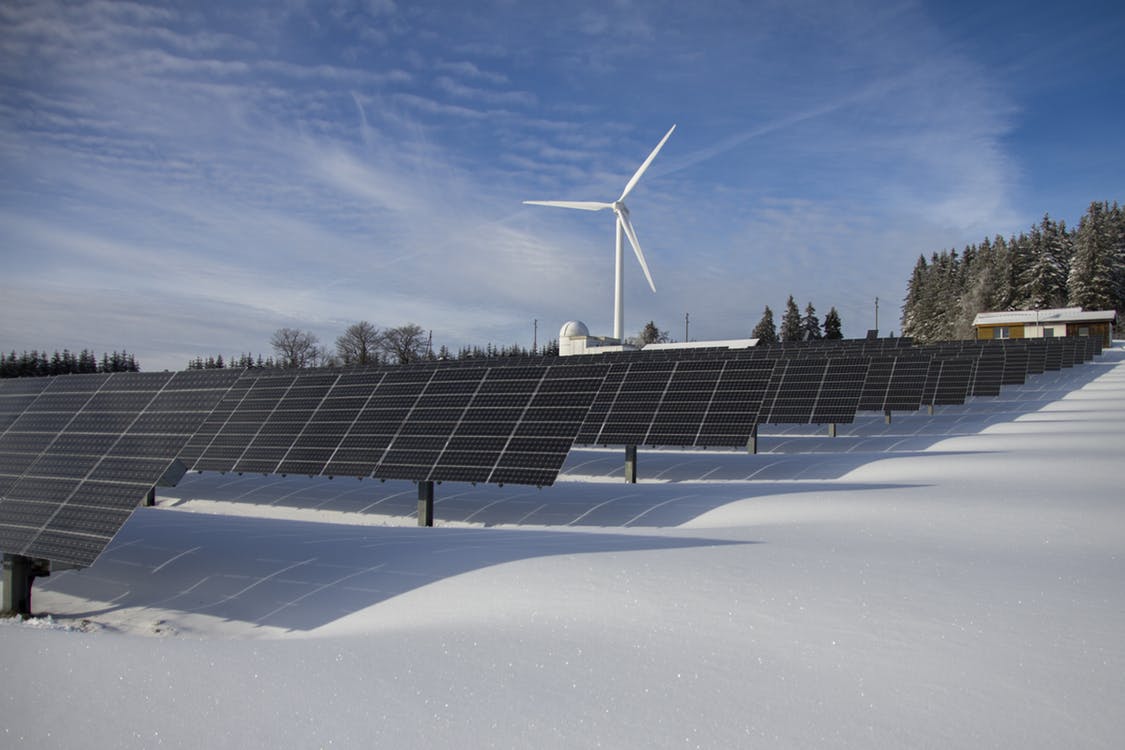It is well known that COVID-19 has caused low energy demand and the growth of renewable energy across Europe. Now, Andrew Tang, Vice President for Energy Storage at Wärtsilä, predicts this will result in swift action to build better grid resiliency.
The share of renewable power across Europe has skyrocketed over the last six months to levels not expected for another 10 years. Renewable energy records have fallen like dominoes. Germany and Spain have achieved more than 75% renewable generation as a share of supply, while the UK went nearly 68 days without burning any coal – the longest period since the industrial revolution.
Generating clean energy from the coal mines
The pandemic has proven that our current power networks can absorb very high levels of renewables without the kind of doomsday grid collapse some had predicted. It has also provided rare insights into the highly renewable energy systems of the future. We must now seize this opportunity to set the optimum path and deliver real, long-term environmental and economic benefits.
The pandemic has shown that more flexibility is essential to building long-term resilience into our energy networks. Flexible assets – such as energy storage and optimisation – have enjoyed up to four-fold year on year profit increases in 2020. Inflexibility has simultaneously resulted in some countries, such as Germany, paying up to €80/MWh to export excess power to more flexible neighbours. This is completely unsustainable, even in the short term, and demonstrates a clear need for rapid growth of grid-scale flexibility.
Significant flexibility market growth
The increase in profits for flexibility, storage and optimisation providers is already attracting more developers and investors to the space and accelerating new projects. For instance, in recent months, Wärtsilä has commissioned multiple energy storage plants across the globe, including a 70MW system operating in the California market.
But even before the pandemic, Bloomberg New Energy Finance predicted a 112-fold boom in stationary energy storage projects between 2018 and 2040.
This growth is extremely positive for countries both economically and environmentally as they transition to low and zero carbon power. Our Atlas of 100% Renewable Energy, developed with LUT University (Lappeenranta-Lahti University of Technology) models the cost-optimal future energy systems for 145 countries and regions. We found that, while the clean energy mix varies wildly, investment in flexibility consistently drives the greatest emissions reductions at the lowest cost.
That said, while energy storage will undoubtedly play a key role in enabling our 100% clean energy future, today’s battery technology cannot always deliver cost optimal network performance. It therefore doesn’t make sense to rely solely on energy storage systems. Our future energy systems will require flexibility in all its forms, including advanced energy storage and flexible generation, powered by hydrogen or synthetic fuels and supported by digital optimisation.
Read more: The Engineer




